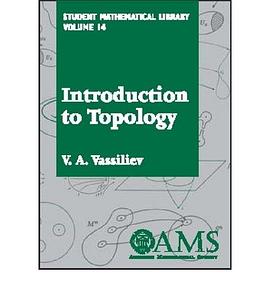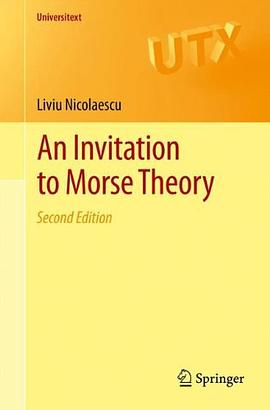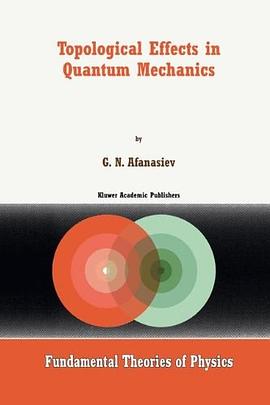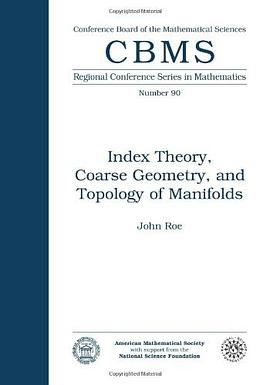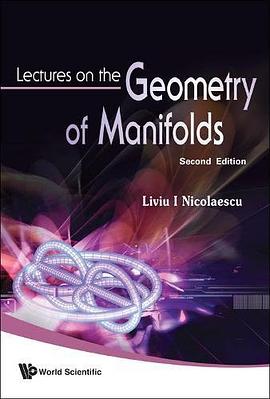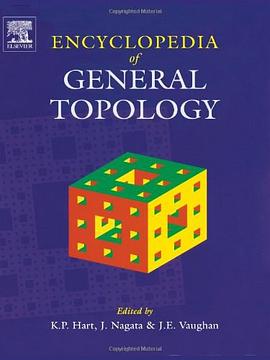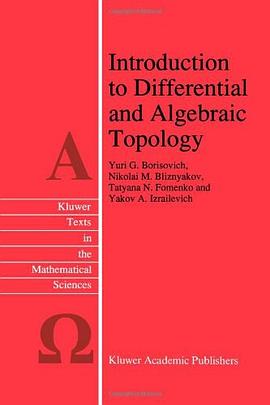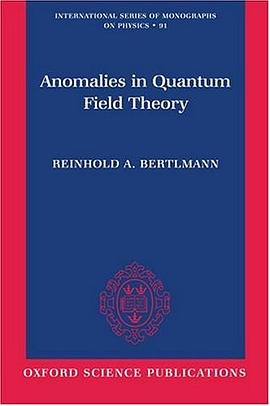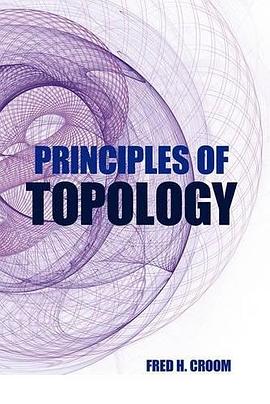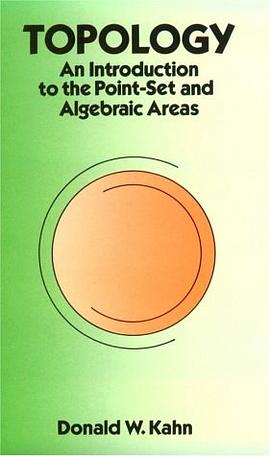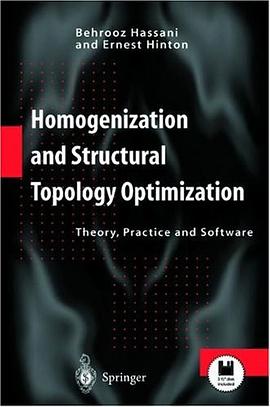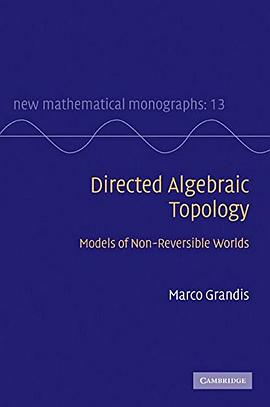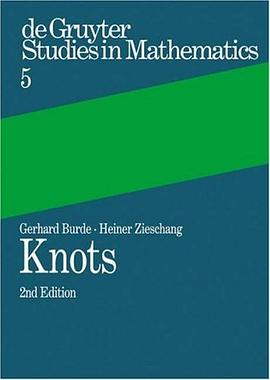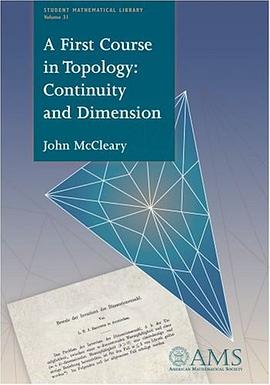Chapter 1. Topological spaces and operations with them 16
§1.1.Topological spaces and Homeomorphisms 16
§1.2.Topological operations on topological spaces 19
§1.3.Compactness 22
Chapter 2. Homotopy groups and homotopy equivalence 24
§2.1.The fundamental group of a topology space 25
§2.2.Higher homotopy groups 27
Chapter 3. Coverings 36
Chapter 4. Cell spaces (CW-complexes) 40
§4.1.Definition and main properties of cell spaces 41
§4.2.Classification of coverings 46
Chapter 5. Relative homotopy groups and the exact sequence of a pair 50
Chapter 6. Fiber bundles 56
§6.1. Locally trivial bundles 56
§6.2. The exact sequence of a fiber bundle 61
Chapter 7. Smooth manifolds 64
§7.1. Smooth structures 65
§7.2. Orientations 67
§7.3. Tangent bundles over smooth manifolds 68
§7.4. Riemannian structures 70
Chapter 8. The degree of a map 74
§8.1. Critical sets of smooth maps 74
§8.2. The degree of a map 75
§8.3. The classification of maps M[sup(n)] -> S[sup(n)] 78
§8.4. The index of a vector field 81
Chapter 9. Homology: Basic definitions and examples 84
§9.1. Chain complexes and their homology 84
§9.2. Simplicial homology of simplicial polyhedra 86
§9.3. Maps of complexes 93
§9.4. Singular homology 94
Chapter 10. Main properties of singular homology groups and their computation 98
§10.1. Homology of the point 98
§10.2. The exact sequence of a pair 99
§10.3. The exact sequence of a triple 103
§10.4. Homology of suspensions 104
§10.5. The Mayer–Vietoris sequence 105
§10.6. Homolopy of wedges 107
§10.7. Functoriality of homology 107
§10.8. Summary 108
Chapter 11. Homology of cell spaces 110
§11.1. Cellular complexes 110
§11.2. Example: homology of projective spaces 112
§11.3. Cell decomposition of Grassmann manifolds 113
Chapter 12. Morse theory 118
§12.1. Morse functions 118
§12.2. The cellular structure of a manifold endowed with a Morse function 119
§12.3. Attaching handles 121
§12.4. Regular Morse functions 121
§12.5. The boundary operator in a Morse complex 125
§12.6. Morse inequalities 129
§12.7. Standard bifurcations of Morse functions 130
Chapter 13. Cohomology and Poincaré duality 134
§13.1. Cohomology 134
§13.2. Poincaré duality for manifolds without boundary 137
§13.3. Manifolds with boundary and noncompact manifolds 139
§13.4. Nonorientable manifolds 140
§13.5. Alexander duality 141
Chapter 14. Some applications of homology theory 144
§14.1. The Hopf invariant 144
§14.2. The degree of a map 146
§14.3. The total index of a vector field equals the Euler characteristic 147
Chapter 15. Multiplication in cohomology (and homology) 152
§15.1. Homology and cohomology groups of a Cartesian product 152
§15.2. Multiplication in cohomology 155
§15.3. Examples of multiplication in cohomology and its geometric meaning 157
§15.4. Main properties of multiplication in cohomology 158
§15.5. Connection with the de Rham cohomology 159
§15.6. Pontryagin multiplication 159
Index of Notations 160
Subject Index 162
· · · · · · (
收起)
